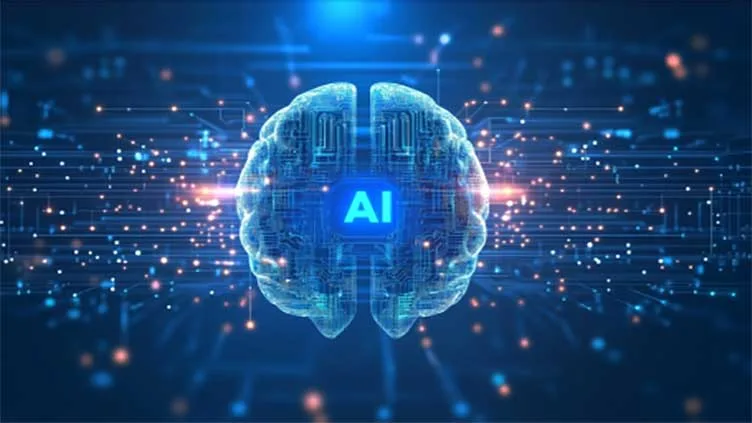Humans Still Lead the Way in Understanding Social Interactions: AI Lags Behind
In an era where artificial intelligence is rapidly advancing, a crucial area remains where humans maintain a distinct advantage: understanding and interpreting social interactions. Despite the sophisticated algorithms and machine learning models, current AI systems still struggle to match the nuanced comprehension that humans possess in social contexts.
The Nuances of Human Social Understanding
Human social intelligence is a complex tapestry woven from emotional awareness, contextual understanding, and the ability to infer intentions. It involves:
- Recognizing subtle cues like facial expressions, body language, and tone of voice.
- Understanding the cultural and social norms that govern interactions.
- Inferring the underlying motivations and emotions driving people’s behavior.
These abilities allow us to navigate social situations with a level of finesse that AI has yet to replicate.
AI’s Challenges in Mimicking Social Intelligence
While AI excels at processing vast amounts of data and identifying patterns, it often falls short when it comes to the subjective and interpretive aspects of social interaction. Some challenges AI faces include:
- Contextual Blindness: AI can struggle to understand the full context of a social situation, leading to misinterpretations.
- Emotional Deficiencies: Accurately recognizing and responding to human emotions remains a significant hurdle for AI.
- Lack of Common Sense: AI often lacks the common sense knowledge that humans use to make inferences about social behavior.
Implications for AI Development
Recognizing the limitations of current AI models in understanding social interactions has important implications for future development. It highlights the need for:
- Improved Emotional Recognition: Developing AI systems that can accurately detect and interpret a wider range of human emotions.
- Enhanced Contextual Understanding: Incorporating more contextual information into AI models to improve their ability to understand social situations.
- Human-AI Collaboration: Focusing on developing AI systems that can work collaboratively with humans, leveraging the strengths of both.
Final Overview
While AI continues to make strides in various fields, the ability to truly understand and interpret social interactions remains a uniquely human capability. By acknowledging the current limitations of AI and focusing on areas for improvement, we can work towards developing more sophisticated and socially aware AI systems in the future. The focus should be on creating AI that enhances, rather than replaces, human social intelligence.




+ There are no comments
Add yours